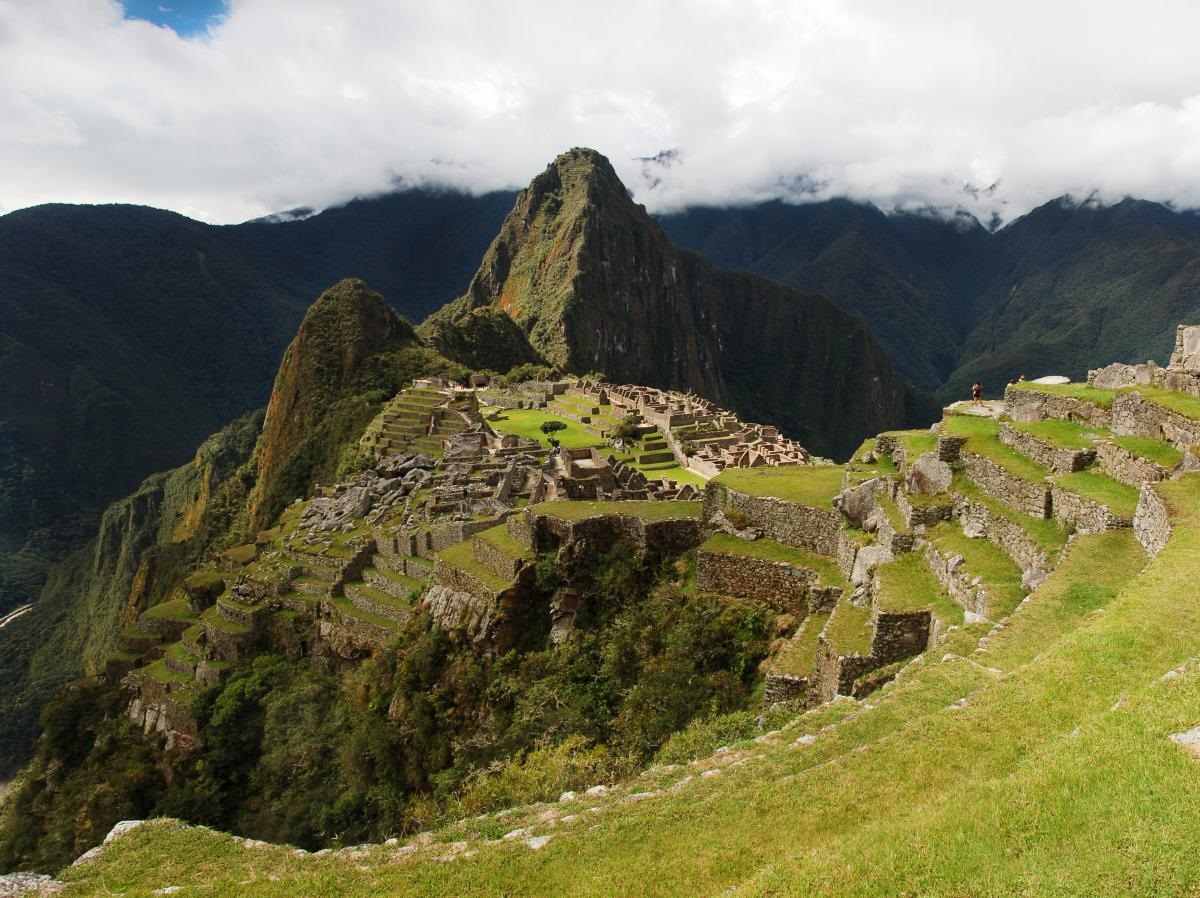 Machu Picchu: The Lost City of the Incas
Machu Picchu: The Lost City of the Incas
Machu Picchu, often called the Lost City of the Incas, is one of the most breathtaking archaeological wonders in the world. Nestled high in the Peruvian Andes, this UNESCO World Heritage Site is not only a testament to Inca engineering but also a spiritual and cultural treasure. For centuries, the site remained hidden from the outside world until its rediscovery in 1911 by explorer Hiram Bingham. Today, Machu Picchu attracts millions of travelers who come to marvel at its stonework, mystique, and natural beauty.
In this article, we’ll explore the history, architecture, cultural significance, travel tips, and reasons why Machu Picchu should be on your bucket list.
A Brief History of Machu Picchu
Machu Picchu was built around the mid-15th century under the rule of Inca Emperor Pachacuti. Historians believe it served as a royal estate, a ceremonial center, or possibly both. What makes Machu Picchu remarkable is that it was never discovered by Spanish conquistadors, allowing it to remain remarkably well-preserved compared to other Inca sites.
When Hiram Bingham brought the site to international attention in the early 20th century, it quickly became a symbol of Peru’s rich heritage. Today, it stands as one of the New Seven Wonders of the World, a title it earned in 2007.
The Architecture of Machu Picchu
One of the most fascinating aspects of Machu Picchu is its extraordinary stonework. Without the use of iron tools or mortar, the Incas created perfectly fitted stone walls that have withstood earthquakes for centuries.
Key architectural highlights include:
-
The Intihuatana Stone: Believed to be a ritual stone used for astronomical purposes.
-
The Temple of the Sun: A religious structure aligned with the solstices.
-
The Sacred Plaza: A ceremonial hub showcasing Inca engineering mastery.
-
The Agricultural Terraces: Ingenious farming platforms that prevented erosion and maximized food production.
The city is divided into two main sectors: the urban sector, where temples and plazas are located, and the agricultural sector, featuring terraces and food storage.
Cultural and Spiritual Significance
For the Inca civilization, Machu Picchu was more than a city—it was a sacred space. Its alignment with celestial events highlights the Incas’ deep understanding of astronomy and nature. Many believe Machu Picchu was a spiritual retreat for Inca leaders, a place where they could connect with the gods of the mountains and the sun.
Today, indigenous communities still see Machu Picchu as a sacred site. Visitors often describe an indescribable sense of energy and peace when walking among its ruins, making it not just a historical site but also a place of reflection and inspiration.
How to Reach Machu Picchu
Getting to Machu Picchu is an adventure in itself. Most travelers start in Cusco, the ancient capital of the Inca Empire, before making their way to the town of Aguas Calientes. From there, a short bus ride or a scenic hike leads to the entrance.
Popular routes include:
-
The Inca Trail: A multi-day trek through cloud forests, Inca ruins, and breathtaking mountain passes.
-
The Salkantay Trek: A challenging but rewarding alternative with snow-capped peaks and lush valleys.
-
The Lares Trek: A culturally rich route that passes through traditional Andean villages.
-
Train Journeys: Comfortable rides from Cusco or Ollantaytambo with stunning views along the way.
Best Time to Visit Machu Picchu
Machu Picchu is open year-round, but the best time to visit is during the dry season (May to September). During this period, skies are clearer, and the chances of rain are lower, making it ideal for hiking and photography.
The wet season (November to March) brings lush greenery and fewer crowds, but trails can be slippery. Regardless of when you go, sunrise at Machu Picchu is an unforgettable experience.
Travel Tips for Visiting Machu Picchu
To make the most of your trip, keep these tips in mind:
-
Book in Advance – Entrance tickets and Inca Trail permits often sell out months ahead.
-
Pack Smart – Bring layers, sunscreen, water, and comfortable walking shoes.
-
Acclimatize – Spend a couple of days in Cusco to adjust to the high altitude.
-
Hire a Guide – A knowledgeable guide can enrich your visit with history and cultural insights.
-
Respect the Site – Machu Picchu is a fragile archaeological wonder. Follow the rules, stay on paths, and avoid touching the ruins.
Why Machu Picchu Should Be on Your Bucket List
Machu Picchu isn’t just another travel destination—it’s a journey back in time. The combination of awe-inspiring landscapes, ingenious architecture, and profound spirituality makes it one of the most extraordinary places on Earth. Whether you’re an adventurer, a history enthusiast, or a seeker of peace, Machu Picchu offers something unique for everyone.
Standing among the ruins with mist swirling through the mountains, you can almost feel the presence of the Incas who once walked the same paths. It’s a reminder of human resilience, creativity, and the deep connection between culture and nature.
Frequently Asked Questions About Machu Picchu
1. Is Machu Picchu safe to visit?
Yes, it is safe for travelers, though visitors should take precautions for altitude sickness and follow local regulations.
2. How high is Machu Picchu?
Machu Picchu sits at an altitude of about 2,430 meters (7,970 feet) above sea level.
3. Can you climb Huayna Picchu or Machu Picchu Mountain?
Yes, but special permits are required, and spots are limited. Both hikes offer spectacular panoramic views.
4. How long should I spend at Machu Picchu?
Most travelers spend one day at the site, but two days allow for a deeper exploration and hikes to nearby peaks.
5. Is Machu Picchu suitable for families?
Yes, though young children or elderly travelers may find the uneven terrain challenging.
Conclusion
Machu Picchu is more than just a landmark; it’s an immortal symbol of Inca civilization and human achievement. Visiting this ancient wonder is not only a chance to witness extraordinary history but also to immerse yourself in the natural beauty of the Andes.
Whether you arrive via the Inca Trail, a train ride, or a scenic trek, the moment you set eyes on Machu Picchu will stay with you forever. For those seeking history, adventure, and spiritual discovery, Machu Picchu is a once-in-a-lifetime journey worth taking.

You must be logged in to post a comment.